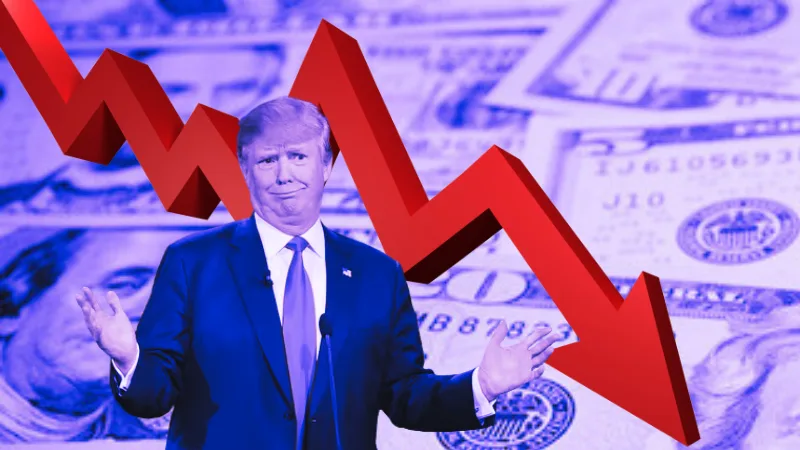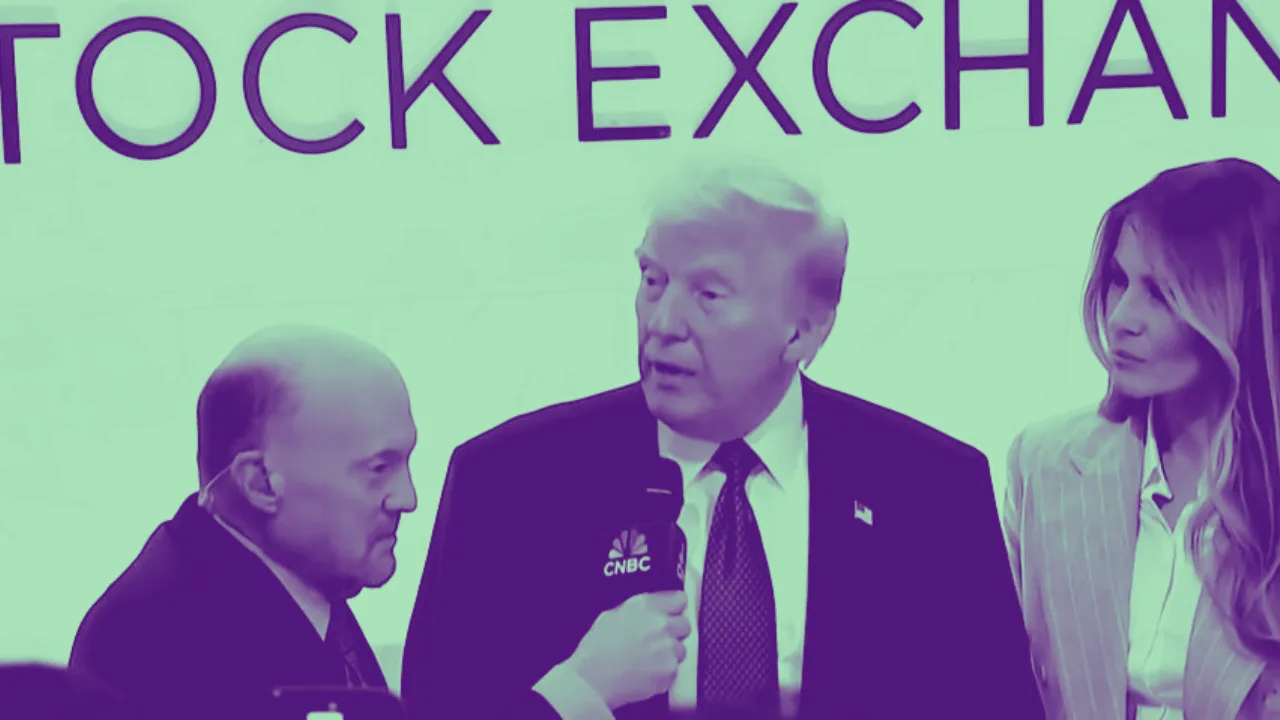The U.S. dollar dropped by 1% on Monday, rattling global markets as reports emerged that President-elect Donald Trump’s team is exploring a shift to narrower, more targeted tariffs. This development marks a significant adjustment to the administration’s trade policy and has raised questions about its impact on the U.S. economy, global trade, and investor strategies.
The Shift to Narrower Tariffs
Initially, the Trump administration proposed broad tariffs aimed at rebalancing trade deficits and protecting domestic industries. However, recent reports suggest a pivot toward more targeted tariffs focusing on imports critical to national and economic security. These include goods related to defense, medical supplies, and energy production.
The rationale behind this change is to prevent countries from circumventing trade restrictions by routing goods through third-party nations. By narrowing the scope, the administration aims to refine its strategy to address specific vulnerabilities in the U.S. supply chain while maintaining leverage in trade negotiations.
Immediate Market Reactions
The news of the policy shift sent ripples through financial markets. The U.S. dollar fell sharply, with the euro surging to $1.0420 from $1.0309. Meanwhile, the dollar weakened against both the Mexican peso and the Canadian dollar. These movements reflect growing investor uncertainty about the implications of the narrower tariffs.
In Europe, stock markets reacted positively. Germany’s DAX and France’s CAC 40 each rose by more than 1%, signaling optimism that a more focused U.S. trade strategy might reduce broader disruptions to global trade.
Global Trade and Political Fallout
While a more targeted approach might seem less aggressive, it still carries significant geopolitical implications. For example, Canadian Prime Minister Justin Trudeau is reportedly considering resignation in response to the threat of 25% tariffs on Canadian exports. Such developments underscore the potential for heightened political tensions between the U.S. and its key allies.
Economists warn that these tariffs could lead to the formation of hostile trading blocs. Maurice Obstfeld, former chief economist at the International Monetary Fund, noted that this policy shift represents a departure from the U.S.-led global economic order established after World War II. “By isolating certain sectors, the U.S. risks alienating its allies and destabilizing global markets,” Obstfeld said.
What It Means for Investors
For investors, the evolving trade landscape presents both challenges and opportunities:
- Currency Market Volatility: The dollar’s decline highlights the sensitivity of forex markets to trade policy shifts. Investors may find opportunities in currencies like the euro, peso, and Canadian dollar.
- Sectoral Impact: Industries reliant on imported goods, such as manufacturing and healthcare, could face disruptions. Conversely, domestic industries aligned with national security priorities might benefit.
- Stock Market Dynamics: European markets’ positive reaction suggests potential opportunities in foreign equities. However, U.S. markets may see increased volatility as investors assess the longer-term implications of the tariffs.
- Long-Term Considerations: The policy shift could impact global supply chains, prompting businesses to rethink sourcing strategies. Investors should watch for shifts in corporate earnings tied to trade-exposed sectors.
Conclusion
The Trump administration’s move toward narrower tariffs reflects a strategic recalibration with far-reaching implications for the dollar, global trade, and market dynamics. For investors, understanding the nuances of this policy shift is crucial for navigating the uncertainties ahead.
As this story develops, staying informed will be key to making sound financial decisions. Subscribe to our newsletter for regular updates on trade policies, market trends, and actionable investment insights.





